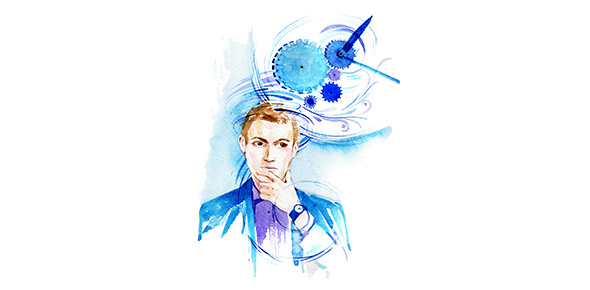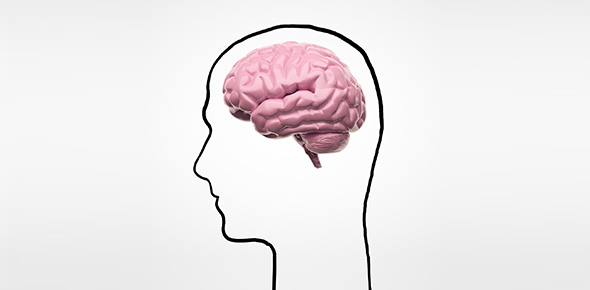Related Flashcards
Related Topics
Cards In This Set
| Front | Back |
|
Phi phenomenon
|
A product of Max Werheimer who found it while riding in a train. He proposed that even though no motion occurs, motion is seen. This is seen thorugh the light in the circle and the stroboscope (bird and cage thing).
|
|
Perceptual constancy
|
The tendency of animals and humans to see familiar objects as having standard shape, size, colour, or location regardless of changes in the angle of perspective, distance, or lighting
|
|
Max Wertheimer
|
Gestalt. Studied at Unviersity of Prague. In 1904 got his PhD from Unversity of Wurzburg with Kulpe. Propsed the phi phenomenon. Cofounded journal Psychological Research, left Germany during the reign of the Nazis.
|
|
Kurt Koffka
|
Gestalt. In 1909 got his PhD from University of Berlin with Stumpf. 1910 started associating himself with Wertheimer and Kohler at University of Frankfurt. 1922 wrote "Perception: an INtroduction to Gestalt Theorie" which set the up the basics of Gestalt psychology and was the first to do it. Very difficult to read however so it was not very well taken.
|
|
Wolfgand Kohler
|
Gestalt. 1909 got his PhD from University of Berlin with Stunpf. 1913-1920 stuck in the Canary Islands during WWI and studied and wrote about behavior in chimpazees. Suceeded Stumpf at Unviversity of Berlin. Said that Gestalt was a law of nature. Fled to America because he spoke out against Nazis. 1959 became president of APA.
|
|
4 Gestalt principles of perception
|
1. We percieve wholes, not clusters of sensations.2. Perceptional organization occurs instantly and is spontaneous and inevitable.3. brain is a dynamic system; all active elements interact4. organizational principles; proximity, continuity, similarity, closure, figure/ground.
|
|
Gestalt organizational principles
|
Proximity, closure, similarity, figure/ground
|
|
Proximity
|
Things that are close are going to be grouped together Dots that are grouped together and dots that are in pairs
|
|
Closure
|
We will creat figures even though they do not have a concrete figure. WWF panda
|
|
Figure/Ground
|
the faces or glass picture
|
|
Two meanings of Gestalt
|
Gestalt refers to both objects and to their characteristic forms.Gestalt psychologists include the entire province of psychology
|
|
Kohler's premise of Productive Thinking in Humans
|
1. Thinking is done in terms of wholes.the learner regards the situation as a wholethe teacher must present the situation as a wholethe whole problems must dominate the parts
|
|
Why Gestalt was not accpeted quicly in the US
|
1. behaviorism was at its peak2. a language barrier (very hard to read and understand)3. Belief that Gestalt psychology delt solely with perception4. Main innovators were at small colleges with no graduate program so there were no grad students to spread it5. Gestalt was more about speaking against Wundt which was already over in the US
|
|
Kurt Lewin
|
Gestalt. 1914 got his PhD at Univeristy of Berlin with Stumpf (coincidence?). studied human motivation. Came up with "Life Space" or the field theory.
|
|
Field Theory
|
All past present and future events that may affect a person. each prior event affects how a person reacts in a situation.
|







